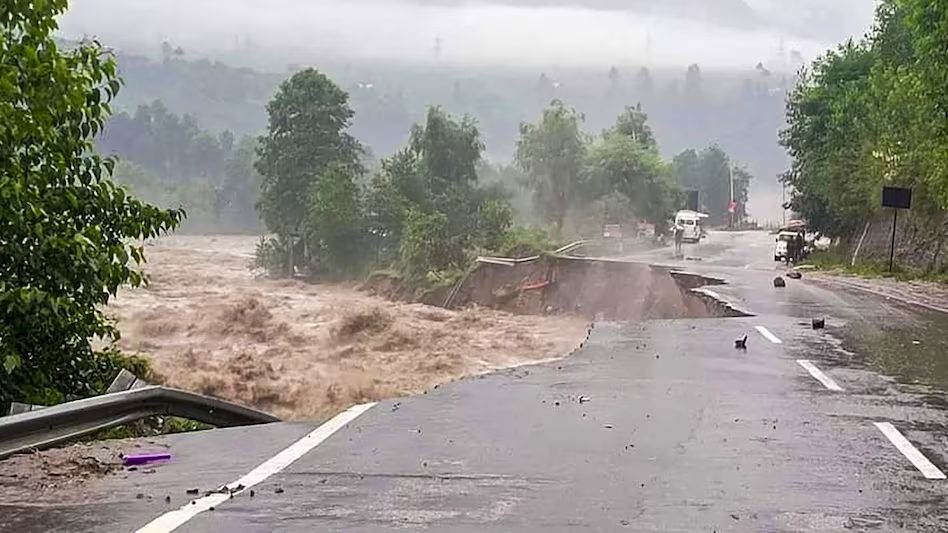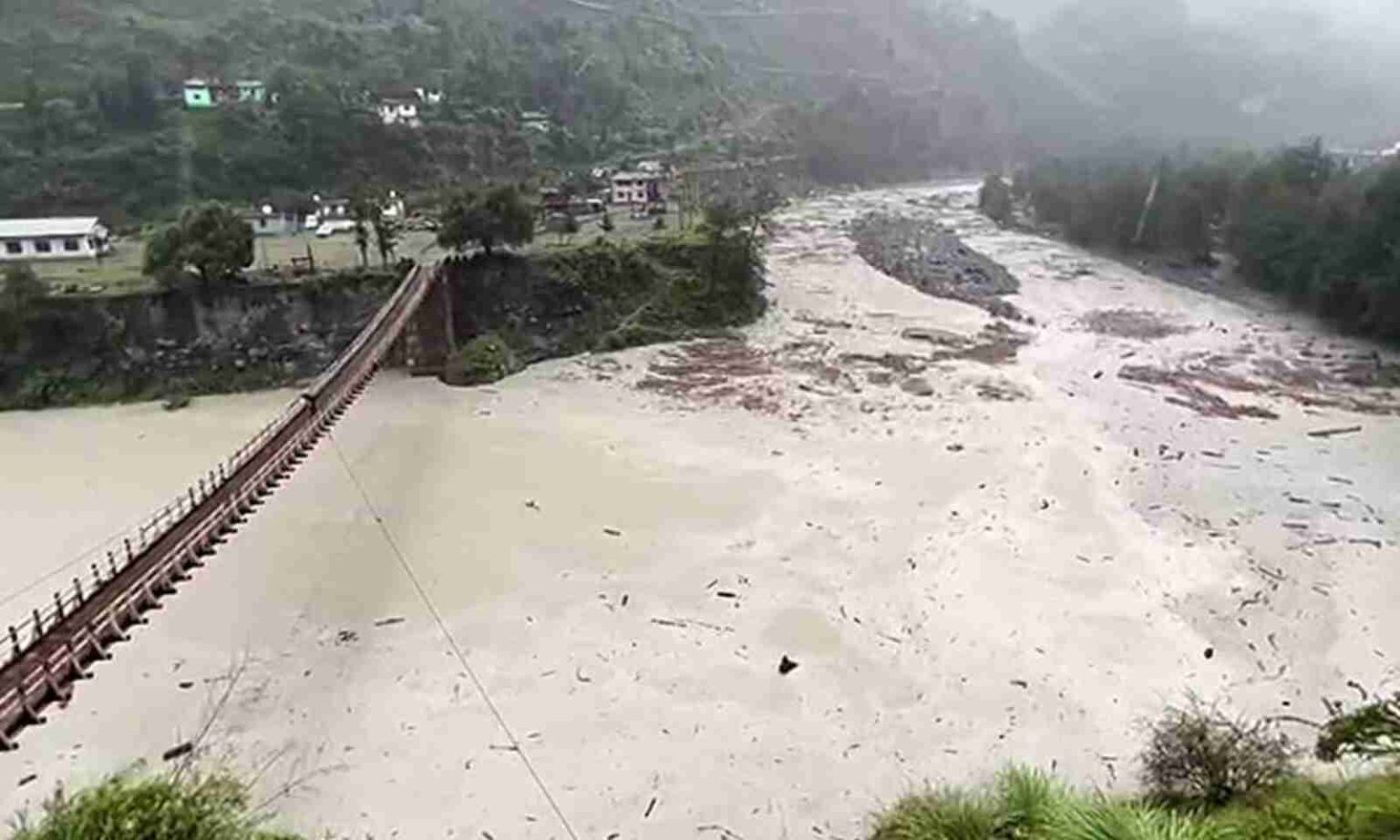The serene landscapes of Himachal Pradesh have been marred by a tragic series of events during this year’s monsoon season. Unprecedented rainfall, landslides, and devastating floods have wreaked havoc on the region, leading to an estimated loss of ₹7,500 crore and the heartbreaking loss of 71 lives. This article delves into the grim details of the calamity, its impact on the state, and the efforts underway to recover and rebuild.
The Toll on Lives
Over a span of just three days, from August 13 to 15, Himachal Pradesh witnessed a heart-wrenching loss of 71 lives due to rain-related incidents. The ferocity of the monsoon rains triggered landslides, flash floods, and other natural disasters that left families shattered and communities devastated. This unprecedented loss of life has sent shockwaves throughout the state, underscoring the urgency for proactive disaster management strategies.
Monetary Blow: ₹7,500 Crore Loss
While the loss of lives is immeasurable, the economic impact of the monsoon calamity is equally staggering. The torrential downpour and its aftermath have caused an estimated financial setback of ₹7,500 crore. This substantial loss encompasses damages to infrastructure, agriculture, livelihoods, and public services. The road to recovery will undoubtedly be long and arduous, requiring both immediate relief efforts and long-term planning to rebuild the state’s economy.
Nature’s Fury: Landslides and Destruction
The monsoon fury was epitomized by a staggering 113 landslides that swept through the region, leaving behind a trail of destruction. During the critical period of August 13-15, a heightened level of devastation was witnessed, surpassing even the dire impacts of the preceding month. Among the grim statistics, 1,762 houses suffered complete damage, while another 8,952 houses bore partial destruction. This physical wreckage underscores the need for robust disaster preparedness measures.

Efforts to Ensure Safety
In the face of such overwhelming challenges, authorities and local communities have rallied together in a joint endeavor to ensure the safety of affected residents. District Magistrates, police, NDRF (National Disaster Response Force), and SDRF (State Disaster Response Force) have been tirelessly engaged in a large-scale relocation effort. The goal is to provide shelter and support to those who have lost their homes and loved ones, preventing further loss of life and ensuring the affected populace can begin to rebuild their lives.
Educational Disruption
The impact of the monsoon calamity extends beyond physical destruction. The inclement weather has forced the closure of all schools and colleges across Himachal Pradesh. The very fabric of education has been disrupted, reflecting the gravity of the situation. Even the Himachal Pradesh University has suspended teaching activities until August 19. The closure is not only a precautionary measure but also a reflection of the challenges posed by the damaged infrastructure and impassable roads.
Seeking National Calamity Status
In the wake of the unprecedented disaster, the Himachal Pradesh government has urgently appealed to the Central government to declare the situation a national calamity. This plea underscores the dire circumstances gripping the state and the urgent need for additional resources and support to aid in recovery efforts. The declaration of a national calamity status would enable the allocation of funds and resources on a larger scale to expedite recovery and rehabilitation.
Rains Beyond Average: Exceeding Expectations
This year’s monsoon season has defied expectations by delivering more rainfall than the average for the season. Until August, Himachal Pradesh experienced a total of 742mm of rainfall, surpassing the typical 730mm. While the abundance of rain is a testament to the unpredictable nature of climate patterns, it has also contributed significantly to the widespread devastation witnessed in the region.
A Historic Calamity
The monsoon of July left an indelible mark on the region’s history. The torrential rains of that month marked the most devastating natural calamity in the past 50 years. This historic event has had a profound impact on both the landscape and the lives of the people. The tragedy serves as a stark reminder of the increasing vulnerability of regions to extreme weather events, necessitating a reevaluation of disaster preparedness and mitigation strategies.
The monsoon calamity in Himachal Pradesh serves as a grim reminder of the unpredictable and powerful forces of nature. The loss of lives and the extensive damage to infrastructure and livelihoods underscore the need for robust disaster management strategies and investments in resilient infrastructure. As the state embarks on the path to recovery, it is imperative that efforts are focused not only on rebuilding what was lost but also on building a more resilient future that can withstand the challenges posed by climate change and its associated impacts.













